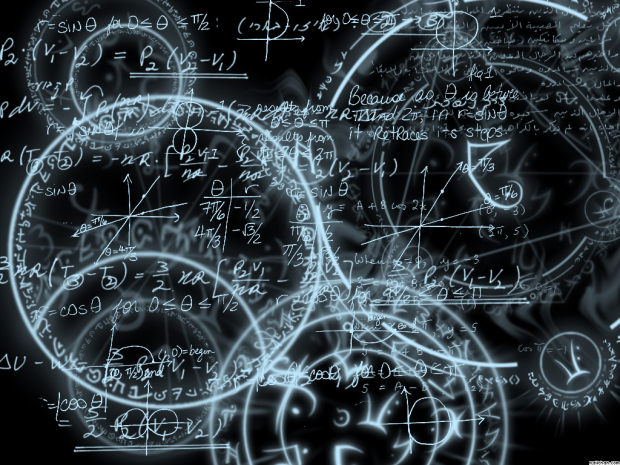“Mathematics as currently practiced is a delicate interplay between monastic contemplation and blowing stuff up with dynamite.” ~ Jordan Ellenberg
Mathematics is the study of numbers, shapes and patterns. The word comes from the Greek word “μάθημα” (máthema), meaning “science, knowledge, or learning”, and is sometimes shortened to maths (in England, Australia, Ireland, and New Zealand) or math (in the United States and Canada). [1]
Mathematics includes the study of:
- Numbers: how things can be counted.
- Structure: how things are organized. This subfield is usually called algebra.
- Place: where things are and their arrangement. This subfield is usually called geometry.
- Change: how things become different. This subfield is usually called analysis.
Mathematics, rightly viewed, possesses not only truth, but supreme beauty—a beauty cold and austere, like that of sculpture, without appeal to any part of our weaker nature, without the gorgeous trappings of painting or music, yet sublimely pure, and capable of a stern perfection such as only the greatest art can show. The true spirit of delight, the exaltation, the sense of being more than Man, which is the touchstone of the highest excellence, is to be found in mathematics as surely as poetry.
Bertrand Russell, philosopher & mathematician
Different Branches of Mathematics
Pure Mathematics
- Number Theory
- Algebra
- Geometry
- Arithmetic
- Combinatorics
- Topology
- Mathematical Analysis
Applied Mathematics
- Calculus
- Statistics and Probability
- Set Theory
- Trigonometry
Study of Patterns
As mathematician Keith Devlin states in The Math Gene, math studies patterns that come “from the world around us, from the depths of space and time, and from the workings of the human mind.” [2]
- Arithmetic — patterns of numbers.
- Geometry — patterns of shapes.
- Algebra — patterns of unknown variables.
- Calculus — patterns of change in equations.
- Set theory — patterns of sets.
- Topology — patterns of surfaces and spaces.
- Combinatorics — patterns of counting.
- Abstract Algebra — patterns of sets and operations (addition, multiplication, etc.) put together.
References
[1] “Mathematics – Simple English Wikipedia, The Free Encyclopedia”. 2018. Wikipedia. https://simple.wikipedia.org/wiki/Mathematics.
[2] “Math Is Not The Study Of Numbers”. 2020. Medium. https://mikebeneschan.medium.com/math-is-not-the-study-of-numbers-3c9fd8087772.
Additional Reading
 ⭐ Müller, Kasper. 2024. “The Areas of Mathematics Explained.” Medium. Cantor’s Paradise. February 19. https://www.cantorsparadise.com/the-areas-of-mathematics-explained-8edef4695f64.
⭐ Müller, Kasper. 2024. “The Areas of Mathematics Explained.” Medium. Cantor’s Paradise. February 19. https://www.cantorsparadise.com/the-areas-of-mathematics-explained-8edef4695f64.
When I was studying math in elementary school and high school, I had no idea that what I was actually studying was only a tiny bit of a diverse field filled with science, knowledge, and art.
It was like looking at a rainbow where the only light you see is what you are capable of seeing, but in reality, you are only witnessing a tiny bit of a much more majestic view – a larger spectrum of light that is hidden until you get the right equipment so to speak.
It’s the same with math. They feed you with what they think you are capable of understanding and hide the good stuff for when they think you are ready!
I hope that this writing will lift the veil and reveal some of the hidden components of math so that hopeful people who have their mathematical spark intact will get a glimpse of the true colors of this relentless pursuit of knowledge and elegance.
⭐ I suggest that you read the entire reference. Other references can be read in their entirety but I leave that up to you.
 Medium Member Only
Medium Member Only
The featured image on this page is from the Mathematics: The Beautiful Language of the Universe page on the Universe Today website.
